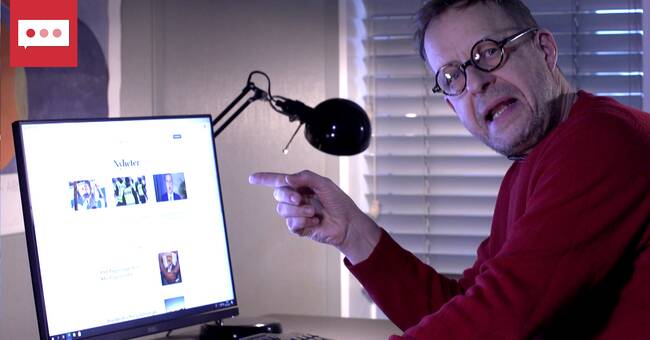Starting a web-based equivalent to a broad 20th-century daily newspaper in 2020, from the ground up, looks pretty rosy.
To do so with a total capital of SEK 5 million seems unrealistic.
To imagine that it will be a profitable business seems almost insane.
Yet that is
what the group behind Bulletin saw in their visions.
And on that vision, they have also managed to recruit a real all-star team of bourgeois opinion leaders and occasional professional news journalists (as well as, it seems, a basic editorial staff of a low-cost nature).
Thus, it is not surprising that academics, debaters, financiers may think that they could make newspaper much better than those who already make newspaper in reality.
The notion that it is a baggie is next door to contempt for journalists - I remember when Mats Qviberg, surrounded by one of the sharpest brains in business, bought the doomed Metro and thought it would be easy to steer just by kicking some "Stalinists" who in his imagination editorial staff and prevented profitability.
It is
surprising, however, that the journalist and editor Paulina Neuding, who has been involved in starting a newspaper before, could be ignited by this spark.
That Ivar Arpi and Alice Teodorescu Måwe abandoned their platforms and monthly salaries to be part of this, Bulletin, something new and better that would be big and successful.
In a pre-launch interview, Paulina Neuding made a kind of hint, between her thumb and forefinger, about Bulletin's circulation target when she points out that "just over 40 percent of the electorate" have their sympathies on the right.
It reminds me of how Moderna Tider (1990-2002) arrived at its circulation target of 30,000. The equation, according to the magazine's creation myth formulated by employee Anders Ehnmark, was: Sweden has 300,000 intellectuals, of which we should be able to get ten percent as subscribers .
A reasonable, even modest, assumption for a world-class magazine, but completely out of the question.
When I go to the front page of the Bulletin, I am met by something similar to a pretend magazine made by a school class: average normal news in expressionless design.
But when I click on to the editorial and columnist departments, my pulse rises: So many hot bourgeois names!
What could they have invented to write?
After this little
introspective market research, I am ready to explain what Bulletin did wrong.
Even companies that have made broad newspapers for more than a hundred years nowadays have to fight like animals to make it go together.
The key news is easily accessible everywhere.
More than ever, you have to identify and refine your core business - which in Bulletin's case is opinion material on the right.
This is to read what a user might think of going to the Bulletin, not to read the same news that bombarded one through the phone since you got up this morning.
If you succeed in publishing a text a day that enough readers appreciate, you have succeeded.
In fact, it is that simple for a new mass medium that is not traditionally tied to the general and complete mission of the 20th century newspaper.
But Bulletin fails
to find that opening.
One should do as Kvartal or Dagens Arena: only qualified, politically distinctive opinion material, start with a couple of texts a day.
Then you can slowly build something bigger if you have to.

